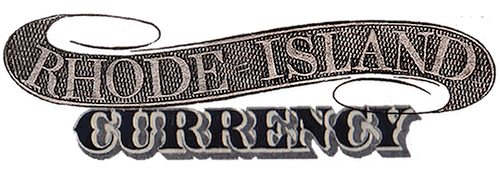Roger Williams Bank, Providence
The Roger Williams Bank was established in 1803 and owes it name to the early proponent of religious freedom who founded the Providence Plantation Colony in 1636. The bank was first located on North Main Street, in what is now the Cheapside Block at no. 40.
Seth Wheaton, a former sea captain, soldier in the Revolutionary War and the founder of the Providence Marine Corps of Artillery, served as its first president (for more information, see the book, Rhody Redlegs). Nathaniel Waterman was employed as the bank’s cashier.
In the book, Chartered Banking in Rhode Island, 1791-1900, Howard Kemble Stokes notes that Wheaton’s political connections played a role in the bank’s launch:
“In the organization of the Roger Williams Bank, chartered in 1803, politics seemed to have had some part. Previous to that time the United States deposits had been carried in the Providence Bank. In 1803 Jefferson wrote to Secretary Gallatin, ‘as to the patronage of the republican bank in Providence, I am decidedly in favor of making all the banks republican by sharing deposits amongst them in proportion to the disposition they show.’ The Roger Williams Bank soon began to get the public deposits and continued to hold them until the second United States Bank established a branch in Providence in 1817. The Bristol Bank carried the government deposits in Bristol; the Newport Bank in Newport. These three were the only banks in Rhode Island which purchased United States bonds during the war of 1812. Their political affiliations were thus apparent.”
In 1823, architect John Holden Greene designed an edifice at 27 Market Square. Roger Williams Bank, which owned the building, was located on the second floor (see photo below). Greene designed several other significant buildings around Providence, including the First Unitarian Church, the First Congregational Church, the main building at the Moses Brown School and the Benoni Cooke House. The Roger Williams Bank building was also known as the Franklin Institute Building. It was demolished in 1912.
The institution was incorporated as a national bank on August 7, 1865 and took charter #1506. According to the National Bank Note Census, the Roger Williams National Bank issued $1,030,400 in large-sized national currency, from $5 to $100 bills, during its existence. Only 8 of these notes are known to have survived to this day. An 1865 $10 from the bank can be seen here, in the archives of Brown University.
At the end of the 19th century, this institution was also known as the “Clearing House Bank” because M. E. Torrey, the cashier there for over 40 years, was also the manager of the Clearing House Association of Providence.
In January of 1900, Roger Williams National Bank was acquired by the Industrial Trust Company, which was just beginning its extensive buying spree of Rhode Island banks.


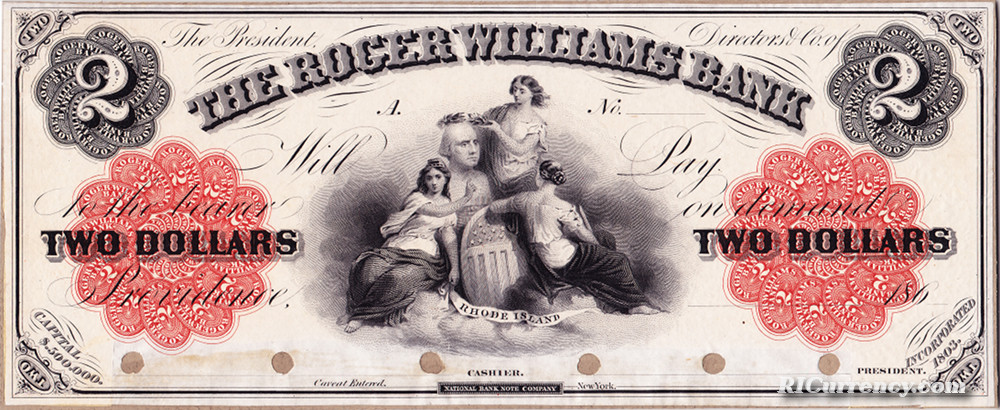
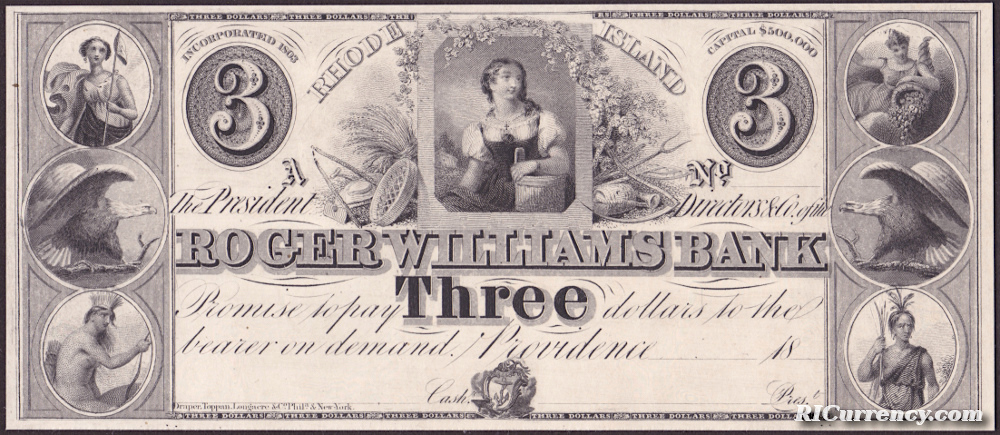
1830s-50s Proof/Proprietary Proof (?). Durand UNL, Haxby UNL, Bowers W-RI-1180-003-G120

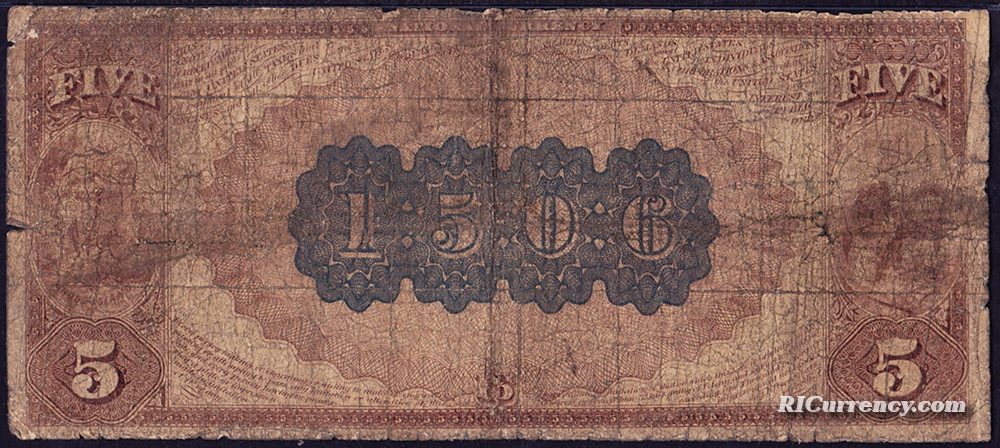
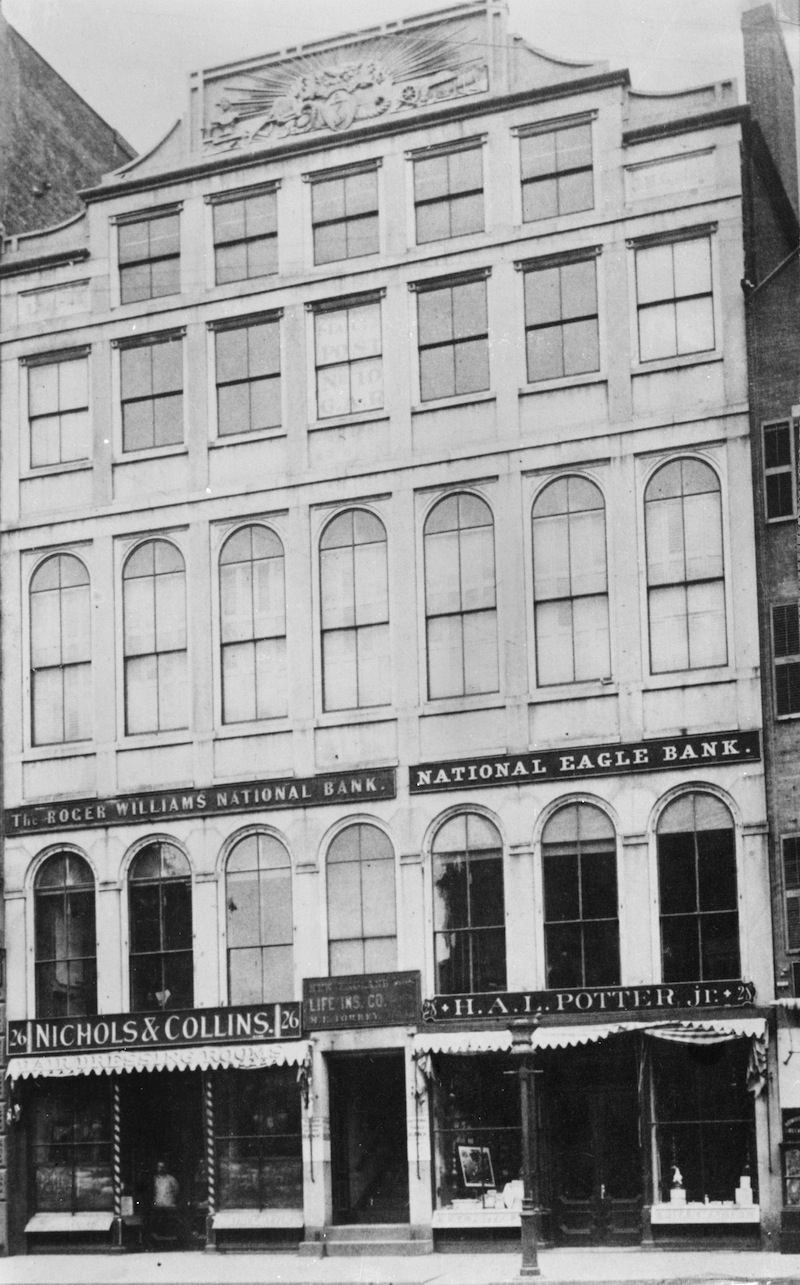
The Roger Williams National Bank offices, next to the National Eagle Bank, 27 Market Square. Designed in 1823 by John Holden Greene, it was also known as the Franklin Institute Building. It was demolished in 1912. (Source: Library of Congress.)
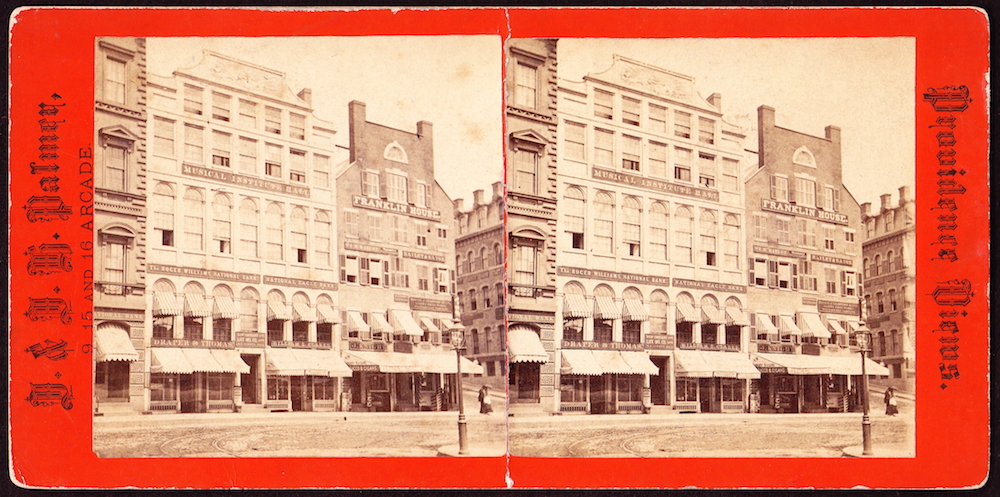
This 19th-century stereoview presents another view of the bank’s second-floor office.
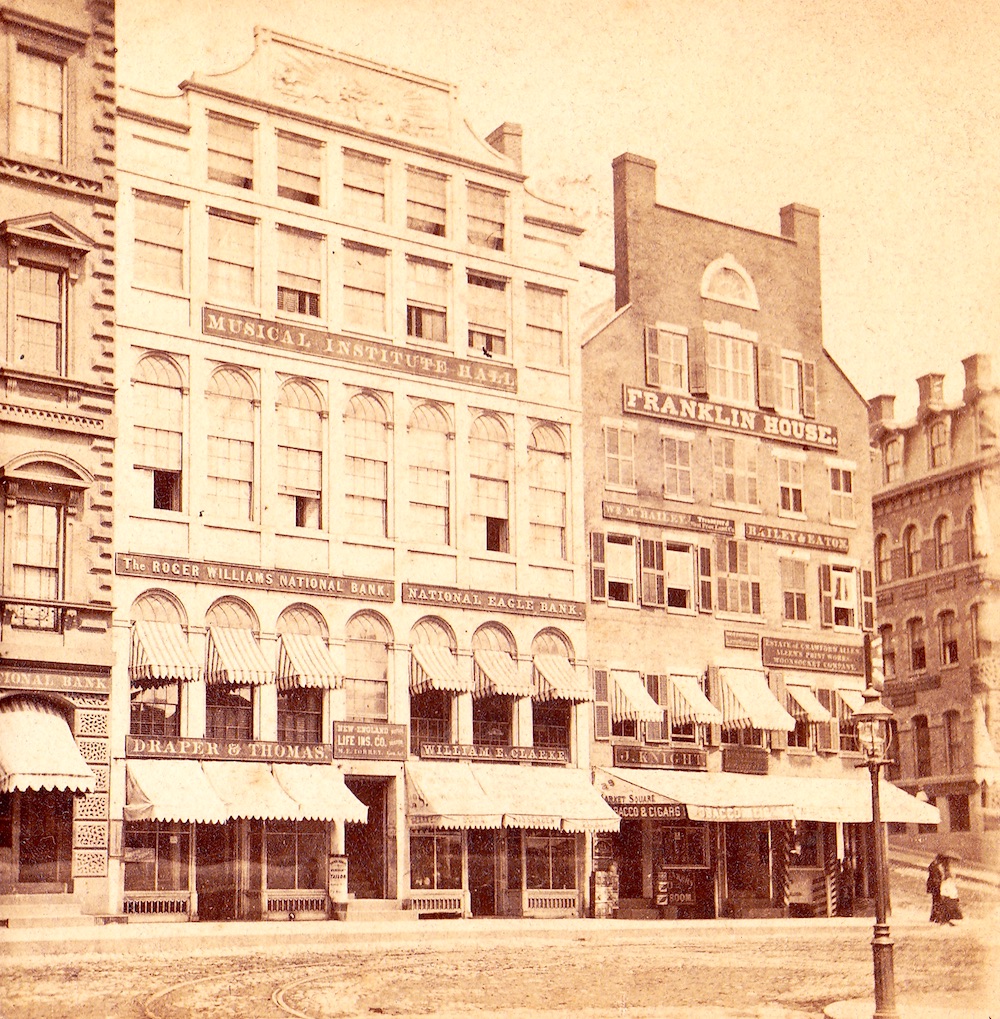
An enlargement of the above image.
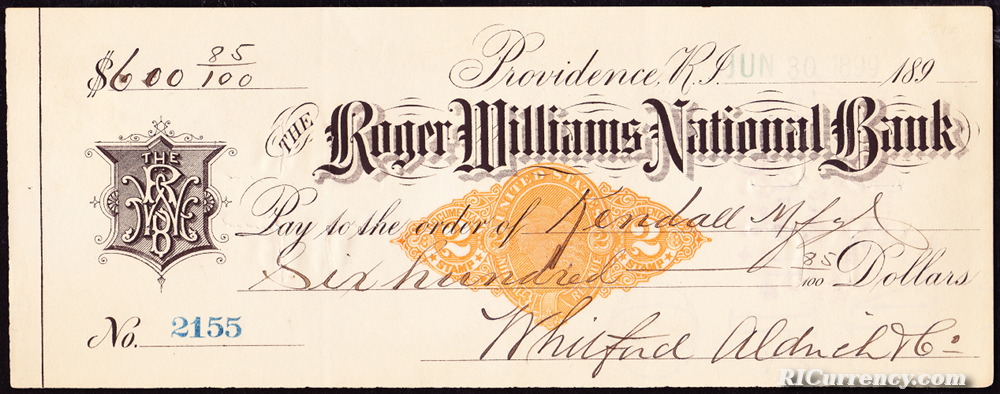
Bank check from 1899.
